Leading market players are investing heavily in research and development in order to expand their product lines, which will help the Hydrocolloids Market grow even more. Market participants are also undertaking a variety of strategic activities to expand their footprint, with important market developments including new product launches, contractual agreements, mergers and acquisitions, higher investments, and collaboration with other organizations. To expand and survive in a more competitive and rising market climate, the Hydrocolloids industry must offer cost-effective items.
Manufacturing locally to minimize operational costs is one of the key business tactics used by manufacturers in the Hydrocolloids industry to benefit clients and increase the market sector. In recent years, the Hydrocolloids industry has offered some of the most significant advantages to the food and beverage industry. Major players in the Hydrocolloids Market, including Ingredion, Cargill Incorporated, Kerry Group plc, Associated Archer Daniels Midland Company, CP Kelco US. Inc., BASF, Nexira, Ashland, TIC Gums INC., DuPont Inc., and others, are attempting to increase market demand by investing in research and development operations.
Cargill Inc. is a 150years old American privately held food corporation that has helped farmers grow more by connecting them to broader markets. They are constantly developing products to provide the consumer's needs seeking for advance nutrition, food safety, and sustainability. They help the partners manage the risk and develop a new product that provides nourishment. With new technology and insights, it serves as the trusted partner for food, agriculture, financial and industrial customers in more than 1525 countries.
In July 2021, Cargill Inc. announced an investment of $45 million in adding soluble fibers to its European portfolio of sweeteners, texturizers, and starches in Poland. Furthermore, in February 2021, it introduced a new label friendly WavePure seaweed powder for food manufacturers. This product is extracted without chemical modification and produced from native seaweed. Cargill is the first to develop large, commercial-scale quantities of this versatile ingredient available to its European customers.
In December 2020, CP Kelco introduced GENU Pectin YM-FP-2100, a clean-label-friendly ingredient that gives a medium-to-high viscosity in the fruited drinking yogurt and ease of pump ability at the fruit preparation stage. CP Kelco is a nature-based ingredient solutions company with 90 years of experience working with food, beverage, consumer, and industrial product manufacturers globally. They use ingredients innovation and problem-solving to develop customized solutions that give regional insights, meet the manufacturer's goal and address consumer needs. The product includes gellan gum, xantham gum, carrageenan, diutan gum, and refined locust bean gum.
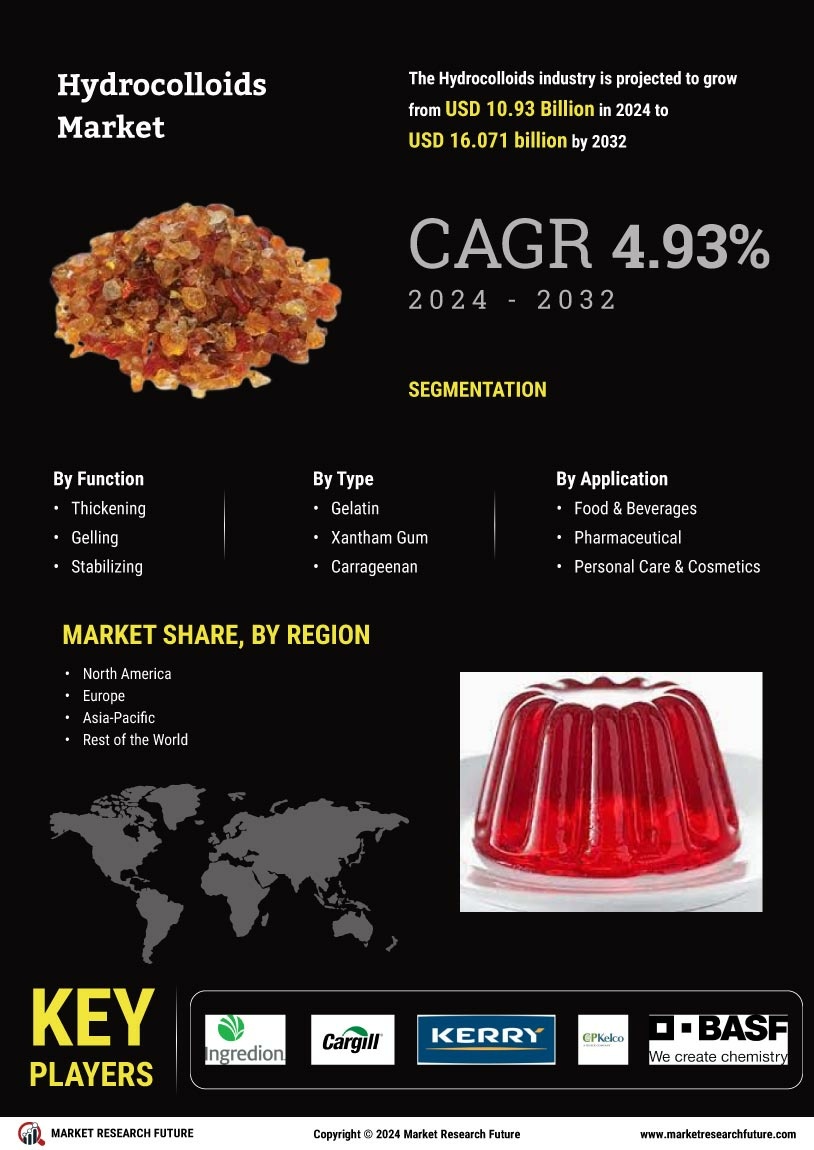

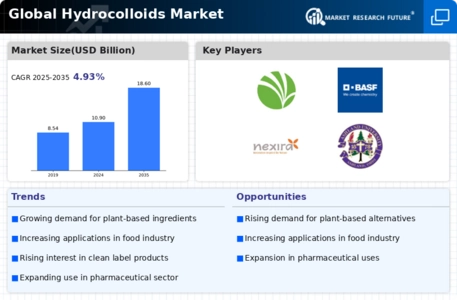

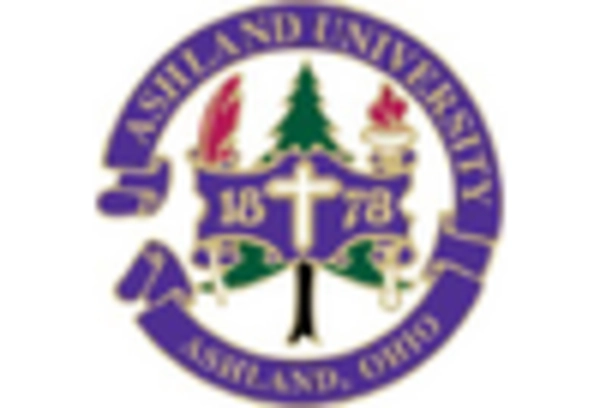
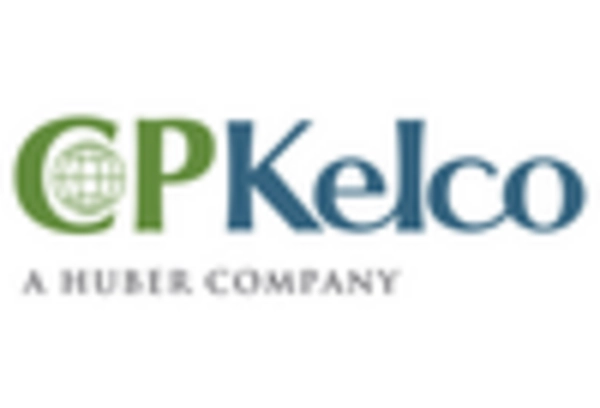
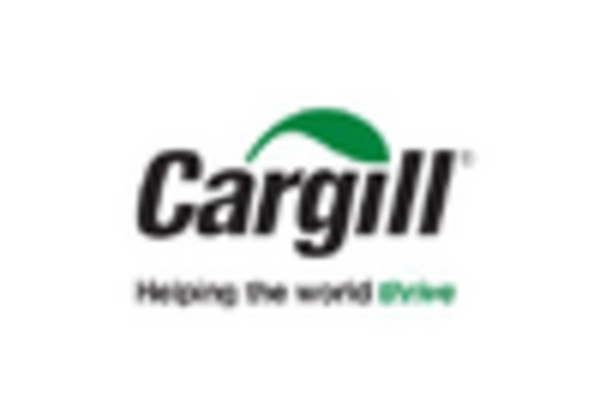
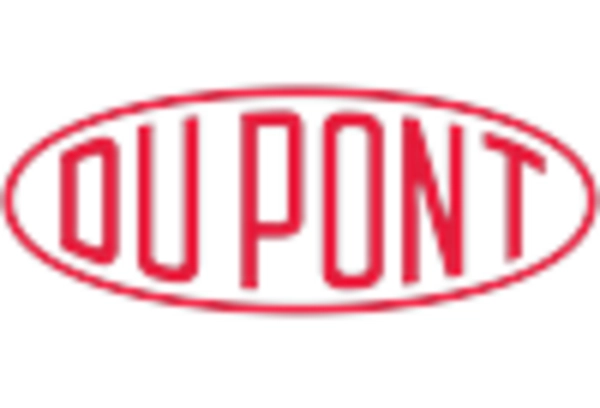
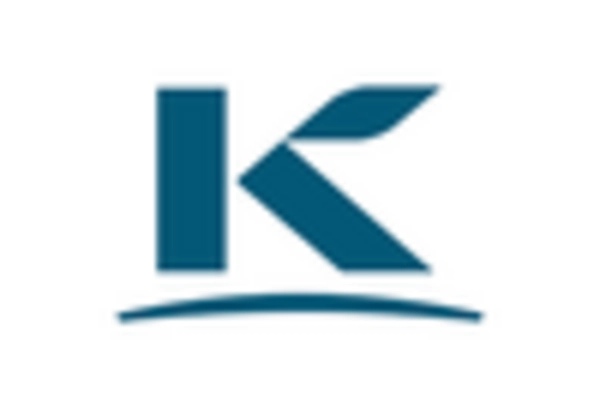









Leave a Comment